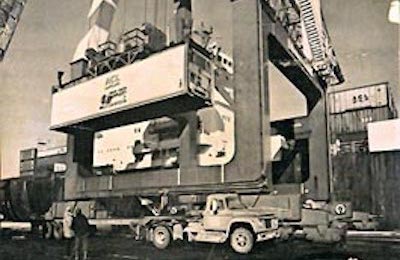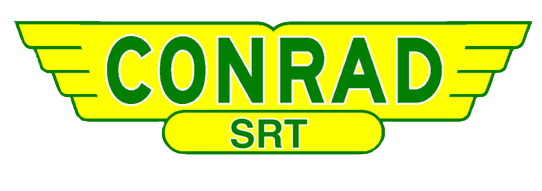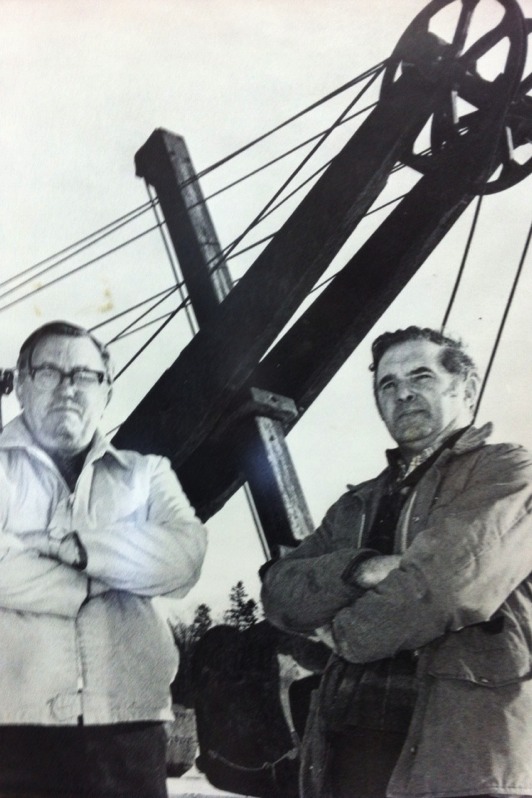Soil Remediation Technologies
Remediation technologies are many and varied but can generally be categorized into ex-situ and in-situ methods.Ex-situ methods involve excavation of affected soils and subsequent treatment at the surface as well as extraction of contaminated groundwater and treatment at the surface.
In-situ methods seek to treat the contamination without removing the soils or groundwater. Various technologies have been developed for remediation of oil-contaminated soil/sediments
Enhanced bioremediation
Enhanced bioremediation is a process in which indigenous or inoculated micro-organisms (e.g., fungi, bacteria, and other microbes) degrade (metabolize) organic contaminants found in soil and/or ground water, converting them to innocuous end products. Nutrients, oxygen, or other amendments may be used to enhance bioremediation and contaminant desorption from subsurface materials.
Excavation or dredging
Excavation processes can be as simple as hauling the contaminated soil to a regulated landfill, but can also involve aerating the excavated material in the case of volatile organic compounds (VOCs). Recent advancements in bioaugmentation and biostimulation of the excavated material have also proven to be able to remediate semi-volatile organic compounds (SVOCs) onsite. If the contamination affects a river or bay bottom, then dredging of bay mud or other silty clays containing contaminants (including sewage sludge with harmful microorganisms) may be conducted. Recently, ExSitu Chemical oxidation has also been utilized in the remediation of contaminated soil. This process involves the excavation of the contaminated area into large bermed areas where they are treated using chemical oxidation methods.









